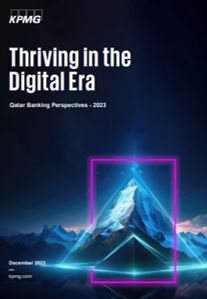1 min read
By harnessing the power of AI, financial institutions and law enforcement agencies can boost their efforts to identify, prevent, and combat this global threat. Some of the best AI use cases for combating money laundering include transaction monitoring, customer risk profiling, and data sharing and collaboration. The early adoption of AI technology provides financial institutions with a competitive advantage in stayinga head of criminals' evolving tactics and maintaining customer and regulator trust.
Key Takeaways
- Estimated at 2-5% of global GDP, money laundering poses threats. AI is pivotal for real-time monitoring, dynamic risk profiling, streamlined KYC, and secure data sharing, boosting AML efforts.
- AI empowers financial institutions to efficiently prevent and identify suspicious activities, adapt KYC processes, and visualize money laundering networks, ensuring enhanced detection accuracy and risk mitigation.
- Widespread AI accessibility poses risks, enabling criminals to obscure fund origins and exploit system vulnerabilities. Early AI adoption is crucial, strengthening AML measures, safeguarding reputations, and ensuring competitiveness globally.


AI technology is gaining serious momentum in the fight against money laundering. It helps reduce false positives, streamline KYC processes, and lower operational costs. AI technologies such as KPMG’s AI-Enabled Monitoring (AIM) helped banks and insurance companies achieve 98.6% reduction in false positive alerts. However, and despite the promising results, some have been slow to adopt.

Saleh Sailik
Director, Advisory
KPMG in Qatar
Director, Advisory
KPMG in Qatar

